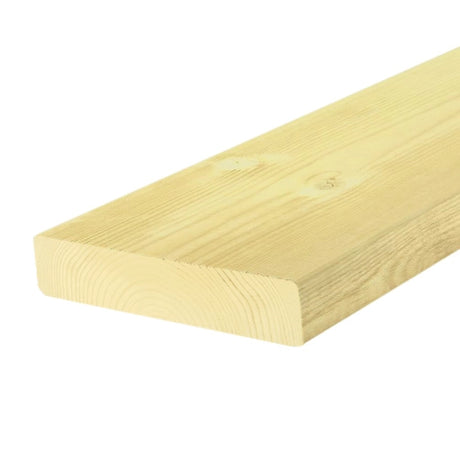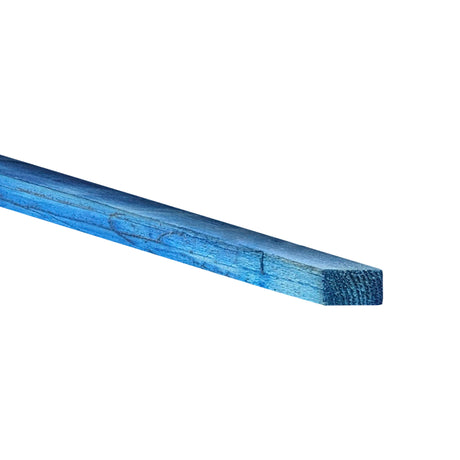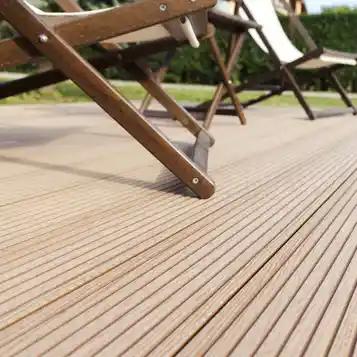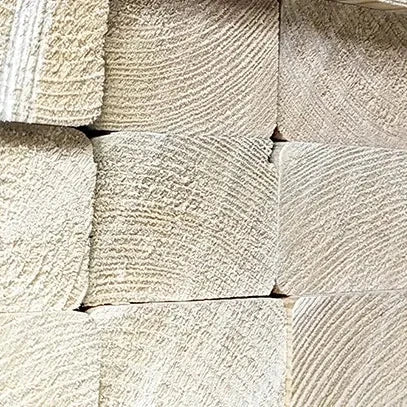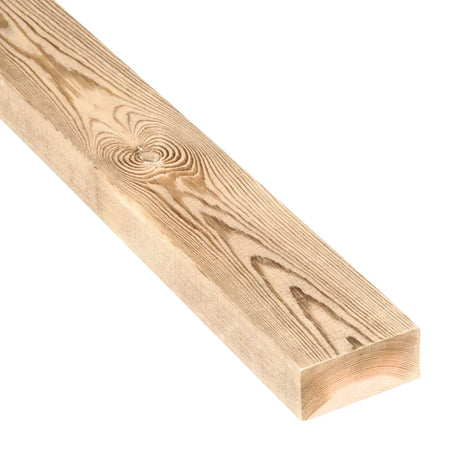Why Our 8x2 Timber Sets the Standard
Our carefully selected 8x2 timber range combines the finest British-sourced materials with rigorous quality standards that exceed industry expectations. Each piece undergoes comprehensive grading to BS 4978 standards, ensuring you receive timber with consistent strength characteristics and moisture content suitable for immediate use in structural applications.
Key specifications that matter:
- Precise 47mm x 200mm finished dimensions for accurate construction
- Kiln-dried to 18-20% moisture content for stability
- C24 grade strength classification for reliable load-bearing performance
- Sustainably sourced from certified British forests
Versatile Applications for Every Project
Whether you're constructing floor joists, roof rafters, or load-bearing walls, our 8x2 timber provides the structural integrity your project requires. This versatile section proves particularly valuable for:
Floor Construction: The generous depth of 8x2 timber creates excellent spanning capabilities whilst accommodating modern insulation requirements. Professional builders consistently choose this section for ground floor joists, where its strength-to-weight ratio delivers optimal performance across typical residential spans.
Roof Structures: From traditional cut roofs to modern trussed rafter systems, 8x2 timber offers the dimensional stability essential for long-term structural performance. Leading manufacturers like Trussco and Wolf Systems specify this section for critical load-bearing components.
Stud Work and Framing: The substantial cross-sectional area provides excellent fixing capability for cladding systems whilst maintaining structural integrity under lateral loads. This makes it particularly suitable for external wall construction in areas of high wind exposure.
Expert Support When You Need It Most
What truly sets DIY Building Supplies apart isn't just our premium materials—it's our commitment to your project's success. Our technical team brings decades of combined experience, offering guidance on span tables, loading calculations, and installation best practices. We understand that choosing the wrong timber specification can compromise your entire build, which is why we take time to understand your specific requirements before making recommendations.
Quality You Can Trust, Service You Can Rely On
Every piece of 8x2 timber in our range meets or exceeds the demanding standards set by British manufacturers like James Donaldson & Sons and BSW Timber. Our rigorous inspection process ensures you receive materials with consistent quality characteristics, from moisture content stability to strength grading accuracy.
What this means for your project:
- Reduced waste through consistent dimensional accuracy
- Predictable performance under load
- Compliance with Building Regulations requirements
- Long-term structural reliability
Nationwide Delivery, Local Expertise
Based in Nottingham, we ship our premium 8x2 timber across mainland UK, combining efficient logistics with personalised service that larger suppliers simply cannot match. Our dedicated team handles everything from initial specification through to final delivery, ensuring your materials arrive precisely when you need them.
Ready to experience the difference that quality 8x2 timber makes to your project? Our technical specialists are standing by to discuss your specific requirements and recommend the perfect specification for your application.
Get your project started right—contact DIY Building Supplies today for expert advice and competitive pricing on premium 8x2 timber solutions.


